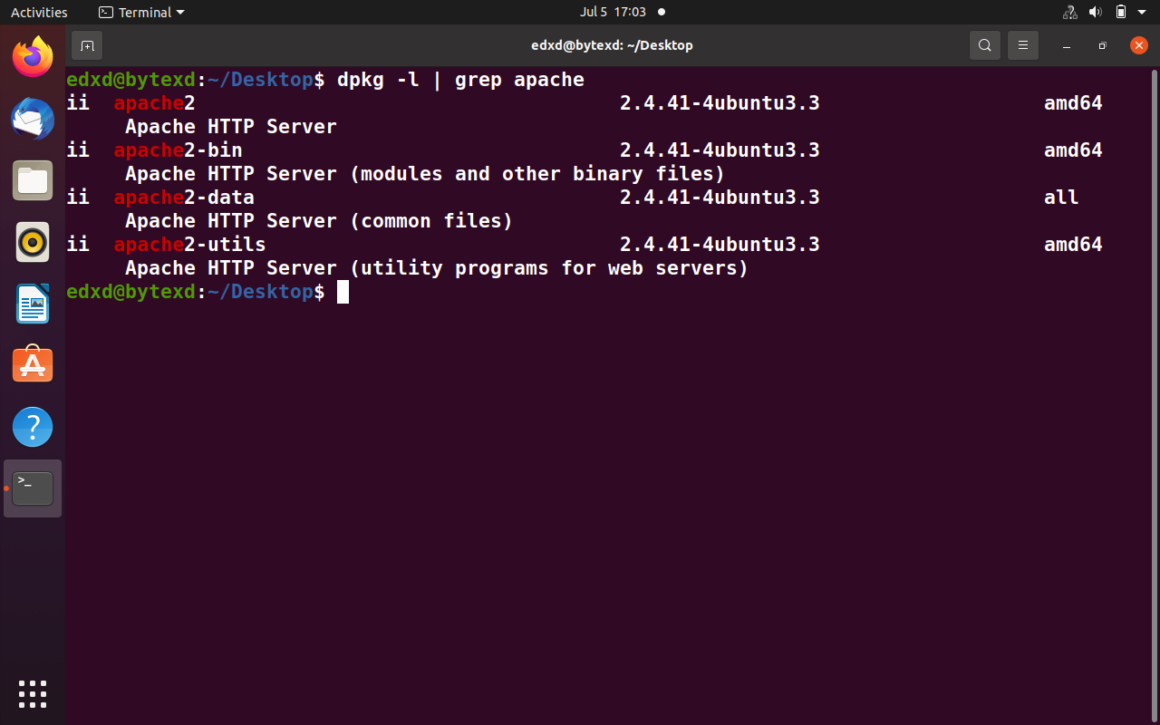

The command states look for the text "New," followed by any ONE of the characters in the brackets. The grep command has numerous options which makes it a powerful tool for processing text files. The empty file contains zero patterns, and therefore matches nothing. If this option is used multiple times or is combined with the -e (-regexp) option, search for all patterns given. Invert the sense of matching, to select non-matching lines.

Print only the matched (non-empty) parts of a matching line, with each such part on a separate output line. The scanning will stop on the first match. Suppress normal output instead print the name of each input file from which output would normally have been printed. With the -v, -invert-match option (see below), count non-matching lines. Suppress normal output instead print a count of matching lines for each input file. Interpret PATTERNS as fixed strings, not regular expressions. Interpret PATTERNS as extended regular expressions (EREs, see below). (dot).*: Nothing or any numbers of characters.*: Zero or more occurrences of the previous character.\ (backslash): Ignores the special meaning of the character following it.$: The pattern preceding it must occur at the end of each line.^ with : The pattern must not contain any character in the set specified.^: The pattern following it must occur at the beginning of each line.with hyphen: Matches any one of a range characters.Like the shell’s wild–cards which match similar filenames with a single expression, grep uses an expression of a different sort to match a group of similar patterns. A “string of text” can be further defined as a single character, word, sentence or particular pattern of characters. Regular expression provides an ability to match a “string of text” in a very flexible and concise manner. Grep is a command-line utility for searching plain-text data sets for lines that match a regular expression.


 0 kommentar(er)
0 kommentar(er)
